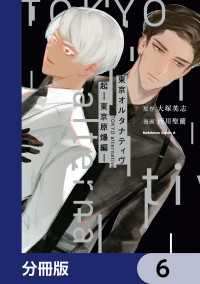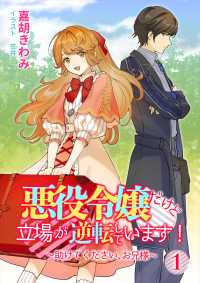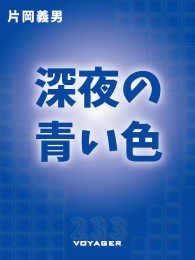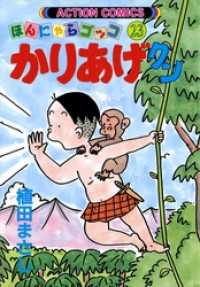- ホーム
- > 洋書
- > 英文書
- > History / World
Full Description
Since 2011, the art of the Arab uprisings has been the subject of much scholarly and popular attention. Yet the role of artists, writers and filmmakers themselves as social actors working under extraordinary conditions has been relatively neglected. Drawing on critical readings of Bourdieu's Field Theory, this book explores the production of culture in Arab social spaces in 'crisis'. In ten case studies, contributors examine a wide range of countries and conflicts, from Algeria to the Arab countries of the Gulf. They discuss among other things the impact of Western public diplomacy organisations on the arts scene in post-revolutionary Cairo and the consequences of dwindling state support for literary production in Yemen. Providing a valuable source of empirical data for researchers, the book breaks new ground in adapting Bourdieu's theory to the particularities of cultural production in the Middle East and North Africa.
Contents
Introduction: Richard Jacquemond and Felix Lang‾
Beauty, Goodness, and Bombs. The Role of Political Crisis in Structuring the MENA Field of Cultural Production
Felix Lang
Rumour in Two Tunisian Artistic Fields: A Form of Legitimate Speech
Annabelle Boissier and Mariem Guellouz
The Symbolic Power of Syrian Collective Memory since 2011
Alexa Firat
Committed Knowledge: Autonomy and Politicization of Research Institutions and Practices in Wartime Lebanon (1975-1990)
Candice Raymond
The Crisis as an Institutional Tool: Challenging Anti-Institutional Challenges in the Egyptian Cultural Field
Elena Chiti
The Algerian Literary Field in the 'Black Decade': Signs of Reinforced Polarization
Tristan Leperlier
Successive Shifts in the Yemeni Cultural Field 2011-2016
Laurent Damesin
Class and Creative Economies: The Culture Field in Cairo
Ilka Eickhof
Contemporary Art in Extremis: Gaza between Imprisonment and Globalization
Marion Slitine
Notes on the Contributors








